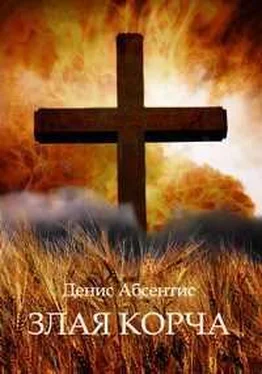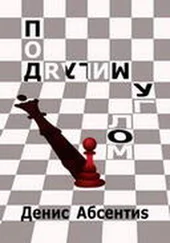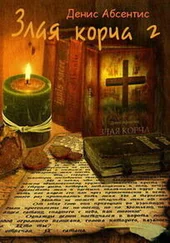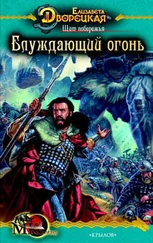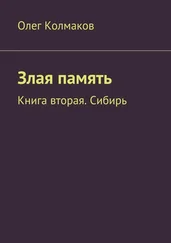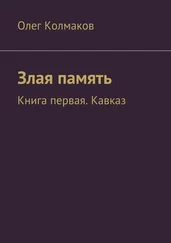Ibid., pp. 31–42.
Barger, George. Ergot and Ergotism: A Monograph. London: Gurney and Jackson, 1931. pp. 47–48.
Nemes, 2002, Part 1, p. 40.
Ibid., p. 36.
Виноградов Н. Ф. О патолого-анатомическихъ измѣненияхъ въ органахъ и тканяхъ у людей при хроническомъ отравленіи спорыньей. (raphania, ergotismus, болѣзнь „злая корча“). Кaзaнь: Типо-Литографія Императорскаго Университета, 1897. С. 7.
Illana-Esteban, C. El cornezuelo del centeno (I): Biología, historia y ergotismo. Bol. Soc. Micol. Madrid. 32:293–306, 2008. pp. 301–302.
Ibid.
Nemes C., Goerig M. The medical and surgical treatment of the pilgrims of the Jacobean Roads in medieval times. Part 2 // The history of anesthesia: proceedings of the Fifth International Symposium on the History of Anesthesia, Santiago, Spain, 19–23 September 2001. International Congress Series, Volume 1242, December 2002. Elsevier Health Sciences, 2002, pp. 487–494. p. 491.
Ibid., p. 489.
Spivey, Nigel Jonathan. Enduring creation: art, pain, and fortitude. University of California Press, 2001. p. 101.
Карамзин Н. М. Письма русского путешественника (1793), по изд. Карамзин Н. М., Избранные сочинения в 2 т., М-Л., 1964, С. 208.
Jan Dequeker, MD, PhD, FRCP Edin, Guy Fabry, MD, PhD and Ludo Vanopdenbosch, MD. Hieronymus Bosch (1450–1516): Paleopathology of the Medieval Disabled. IMAJ 2001: 3: November: 864–871. * В отчете рисунок ошибочно подписан как принадлежащий Венской Альбертине, где находится очень похожая работа.
C. Nemes, M. Goerig at al. The medical and surgical management of the pilgrims of the Jacobean Roads in medieval times Part 2. Traces of ergotism and pictures of human suffering in the medieval fine arts. lnternational Congress Series, Volume 1242, December, 2002. pp. 487–494, p 487.
Mann, John. Turn on and tune in: psychedelics, narcotics and euphoriants. Royal Society of Chemistry, 2009. p. 3.
Medical Bulletin, Vol. 36, no. 5, Sept. — Oct. 1979, U. S. Army, HQ., 7th Medical Command, N. Y., 1979.
Герхардтъ, Карл Адольф Христиан Якоб. Практическое руководство к гомеопатической медицинѣ доктора медицины Адольфа фон Герхардта: Переведено заново с последняго, значительно дополненнаго и исправленнаго нѣмецкаго изданiя. Изданiе 2-ое, А. Форбрикнера. М. Катковъ, 1883. С. 131.
Nemes, C. N. International Congress Series 1242 (2002) 31–42 // The History of Anesthesia: Proceedings of the 5th International Symposium on the History of Anesthesia, Santiago, Spain 19–23 September 2001. By Jose Carlos Diz, A. Franco, D. R. Bacon, J. Rupreht, J. Alvarez. Elsevier Health Sciences, 2002. p. 40.
Ferrières, Madeleine. Sacred Cow, Mad Cow: A History of Food Fears. New York: Columbia University Press, 2005. p. 112.
Hirsch, August, Handbook Of Geographical And Historical Pathology. London, 1883. p. 205.
Hayum, Andrée. The Meaning and Function of the Isenheim Altarpiece: The Hospital Context Revisited. Art Bulletin, vol. 59. (Dec. 1977). pp. 501–517.
Backman, Eugène Louis. Religious dances in the Christian church and in popular medicine. Reprint 1977. p. 318.
Доддс, Э. Р. Греки и иррациональное. СПб., 2000. С. 393.
Hecker, Justus Friedrich Carl and Caius, John. The epidemics of the Middle Ages. Trübner, 1859. p. 90.
Jones, Jonathan. Hidden horror // The Guardian, 12.12.2007.
Hayum, 1977.
Mellinkoff, Ruth. The devil at Isenheim: reflections of popular belief in Grunewald’s altarpiece. University of California Press, 1988. p. 3.
McManners, John. Church and Society in Eighteenth-Century France. Vol. 1: The Clerical Establishment and its Social Ramifications, July 1999. pp. 571–615 (45).
Ward, W. Reginald. Christianity under the Ancien Regime, 1648–1789. Cambridge University Press, 1999. p. 228.
Channing, Walter; Ware, John // The New-England journal of medicine and surgery: and collateral branches of science, Vol. 9. Wells and Lilly, 1820. p. 18.
Ferrières, 2005, p. 138.
Encyclopedia of the Middle Ages, Vol. 2. By Andre Vauchez, Richard Barrie Dobson, Adrian Walford, Michael Lapidge. Routledge, 2000. p. 76.
Timken-Zinkann, Reinhard F. Some aspects of epidemics and German art about 1500 // Medical History, 1969, October; 13(4): 355–362.
Faure M. Issenheim’s altarpiece: does the disease depicted on the altarpiece correspond to ergotism? // Hist Sci Med, 2010, Oct-Dec; 44(4): pp. 383–388.
Не могли обнаружить значительно дольше, об этом в последующих главах.
Kleiner, Fred S. Gardner’s Art Through the Ages The Western Perspective. 2009. p. 506.
Hayum, 1977.
St. Genevieve // The Catholic Encyclopedia. Vol. 6. New York: Robert Appleton Company, 1909.
Farmer D. H. The Oxford dictionary of saints. Clarendon Press, 1978. p. 165.
Butler A. H., Farmer, D. H. Butler’s lives of the saints, Volume 1. Continuum International Publishing Group, 1995. p. 28.
Гофф, Жак Ле. Другое Средневековье: Время, труд и культура Запада / Перев. с франц. С. В. Чистяковой и Н. В. Шевченко под ред. В. А. Бабинцева. 2-е изд., испр. Екатеринбург: Изд-во Урал, ун-та, 2002. С. 143.
Blick S., Tekippe R. Art and architecture of late medieval pilgrimage in Northern Europe and the British Isles, Volume 2 // Volume 104 of Studies in medieval and Reformation traditions. BRILL, 2005. pp. 156–157.
Для туризма имеет значение лишь легенда о «чуде», а не ее адекватность действительным событиям: на сайте города Турне ( http://www.tournai.be) сказано следующее: «Некоторые историки утверждают, что трагическая эпидемия, которая обрушилось на Турне, была вызвана не чумой, а отравлением спорыньей (эрготизмом). Чума или эрготизм, но для нас фактом остается то, что болезнь исчезла после шествия с молитвами к Деве Марии».
Читать дальше
